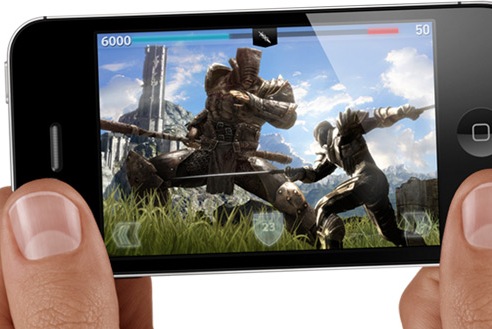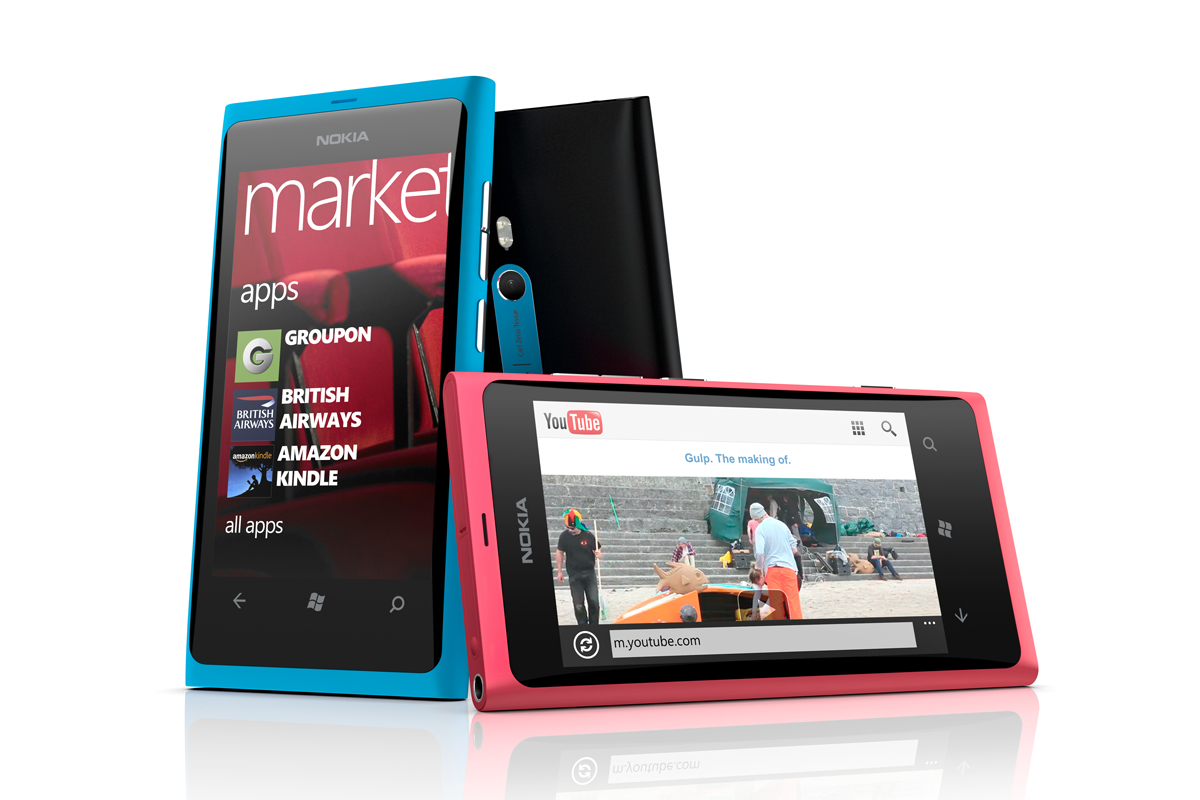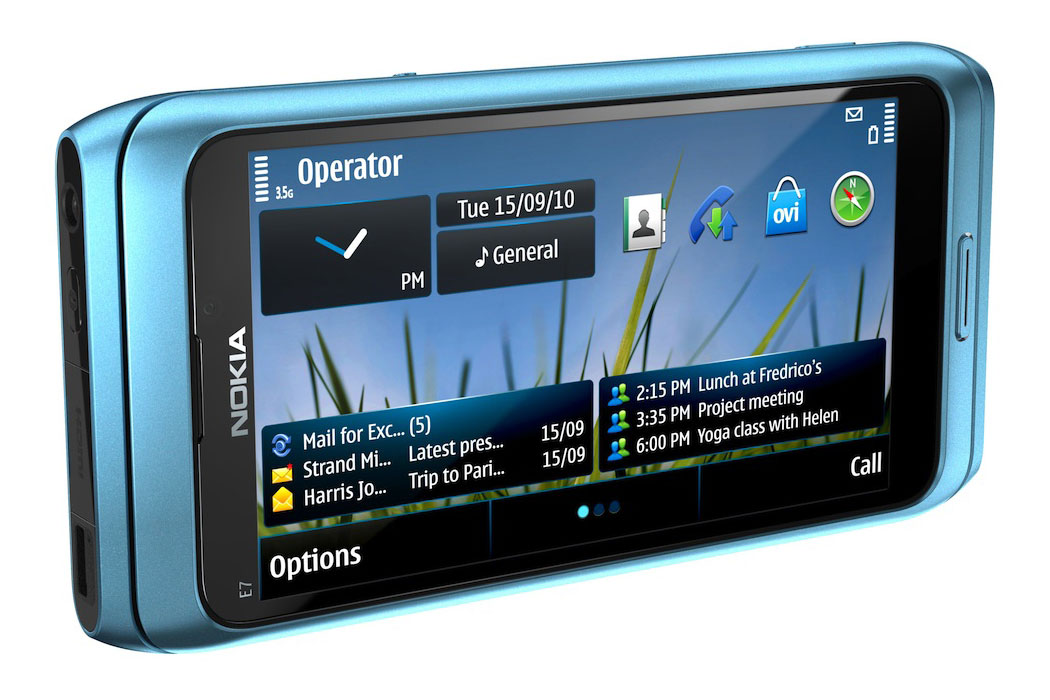Symbian-based smartphones
Smartphones can be as vital to conducting business as your laptop, so choosing the right one to work with is essential. IT PRO compares and tests five of the latest Symbian-based devices.
Everywhere you look, people have smartphones. We are walking around with more computing power in our pocket than all of NASA had in the 1960s, and there's such a bewildering range of choices that you have to rely on the three bullet points the mobile phone stores and brochures provide. In this group test, the first of two looking at smartphones, I will look at a number of the most recent Symbian-based smartphones, what they offer, and their strengths and weaknesses.
It's important to realise that today's smartphone is as vital to conducting business as your laptop, and just like your laptop there are certain things that every smartphone will do. Just like laptops, where you have two flavours to choose from (either a Windows based laptop or an Apple Mac OS-based device) you have a similar choice in the world of smartphones. You can either choose a smartphone powered by the Symbian OS, or one powered by an alternative OS (most likely Microsoft's Windows Mobile).
Symbian was founded in 1999 by Nokia, Ericsson, Motorola and Psion, as "a co-operative approach between the world's leading innovators... to establish EPOC [now Symbian OS] as the de facto operating system."
A Symbian smartphone is not built by Symbian, but rather by a handset manufacturer (such as Nokia or Sony Ericsson). The manufacturer will licence the Symbian operating system and then choose a graphical user interface to sit between the user and the operating system. Two major interfaces are available for the latest version of the OS, one from Nokia (S60, formerly Series 60) and one from Sony Ericsson (the recently purchased UIQ). These interfaces are proprietary to the respective companies although they do license them to other manufacturers.
S60 is Nokia's major smartphone interface, and has the largest installed base of any smartphone interface. It is designed to be used with one hand, and does not have a touch screen. Because of this, the screens can be a lot sharper and easier to read in sunlight than the touch sensitive UIQ screens. The handsets are based around a numeric keypad, with two function buttons (on the left and right of the screens) and a cursor pad. It's a very traditional approach and has allowed S60 to grow steadily in the mass market - as demographic groups ask for 'an MP3 music phones' for example, Nokia can simply put together a music player application and bundle it in the firmware.
UIQ on the other hand, has appealed to the PDA owner. While the devices sport keypads of either regular numbers of mini Qwerty keyboards, the main interface is a touch screen. Paired up with character recognition software, it feels more like a Palm or Pocket PC than a regular phone, so there can be a steeper learning curve for new users, although it does give PDA owners a route into the smartphone market, bringing them a comfortable idiom all the benefits of third party software, PC integration and multimedia.
There's not much functionality to differentiate UIQ and S60 now (much like the laptop market) but there are a number of different form factors and bundled software suites that give each phone a different appeal. Being computers, these smartphones can all have third party software installed to increase their capabilities. One major thing to point out is that while UIQ and S60 are both Symbian OS powered, an application that runs on S60 will not run under UIQ (nor vice versa). If you are likely to use third party software, decide what areas you want to stress on and investigate beforehand which platform is best for you - generally S60 will have more leisure software, while UIQ will focus on business and 'power' applications, although many authors will port software for both.
Sign up today and you will receive a free copy of our Future Focus 2025 report - the leading guidance on AI, cybersecurity and other IT challenges as per 700+ senior executives
-
 UK channel partners to increase data-driven innovation for growth in 2026
UK channel partners to increase data-driven innovation for growth in 2026News The latest research from Westcon-Comstor has revealed that almost half of UK channel firms plan to invest in data-led offerings over the coming year
-
 Dell PowerEdge XE vs Dell PowerEdge R – which one is right for your business?
Dell PowerEdge XE vs Dell PowerEdge R – which one is right for your business?The Dell PowerEdge family can meet all enterprise server requirements but for maximum deployment efficiency, leaders should know which models to put where
-
 Smartphones sales outpace feature phones in Q2
Smartphones sales outpace feature phones in Q2News Microsoft also overtakes BlackBerry to take third place.
-
 Nokia bids final farewell to Symbian
Nokia bids final farewell to SymbianNews Finnish phone manufacturer pulls plug on smartphone OS after 16 years.
-
 Apple on top in smartphone wars
Apple on top in smartphone warsNews The iPhone maker led the pack in 2011, thanks to record sales of its mobile device.
-
 Nokia suffers weak Q4 despite Lumia success
Nokia suffers weak Q4 despite Lumia successNews Nokia is still struggling to get some good numbers out, even though its Lumia range is performing well.
-
 Nokia and Microsoft: not yet doing the business
Nokia and Microsoft: not yet doing the businessIn-depth Inside the enterprise: Nokia has unveiled its much-anticipated Windows phone. But the focus seems to be on consumers.
-
 Nokia launches Windows Phone 7 handsets, but US and China miss out
Nokia launches Windows Phone 7 handsets, but US and China miss outNews The long-awaited Nokia Windows Phone 7 handsets are out, but the Finnish giant is sitting out the lucrative American and Chinese markets this Christmas.
-
 Nokia E7 review
Nokia E7 reviewReviews Nokia's last gasp Symbian smartphone, the E7, is here. Does it go out in a blaze of glory or is it a damp squib? Julian Prokaza finds out in our review.
-
 Nokia cuts 4,000 jobs
Nokia cuts 4,000 jobsNews The mobile manufacturer admits 4,000 jobs will go, with a further 3,000 shifted over to Accenture as part of a Symbian partnership.